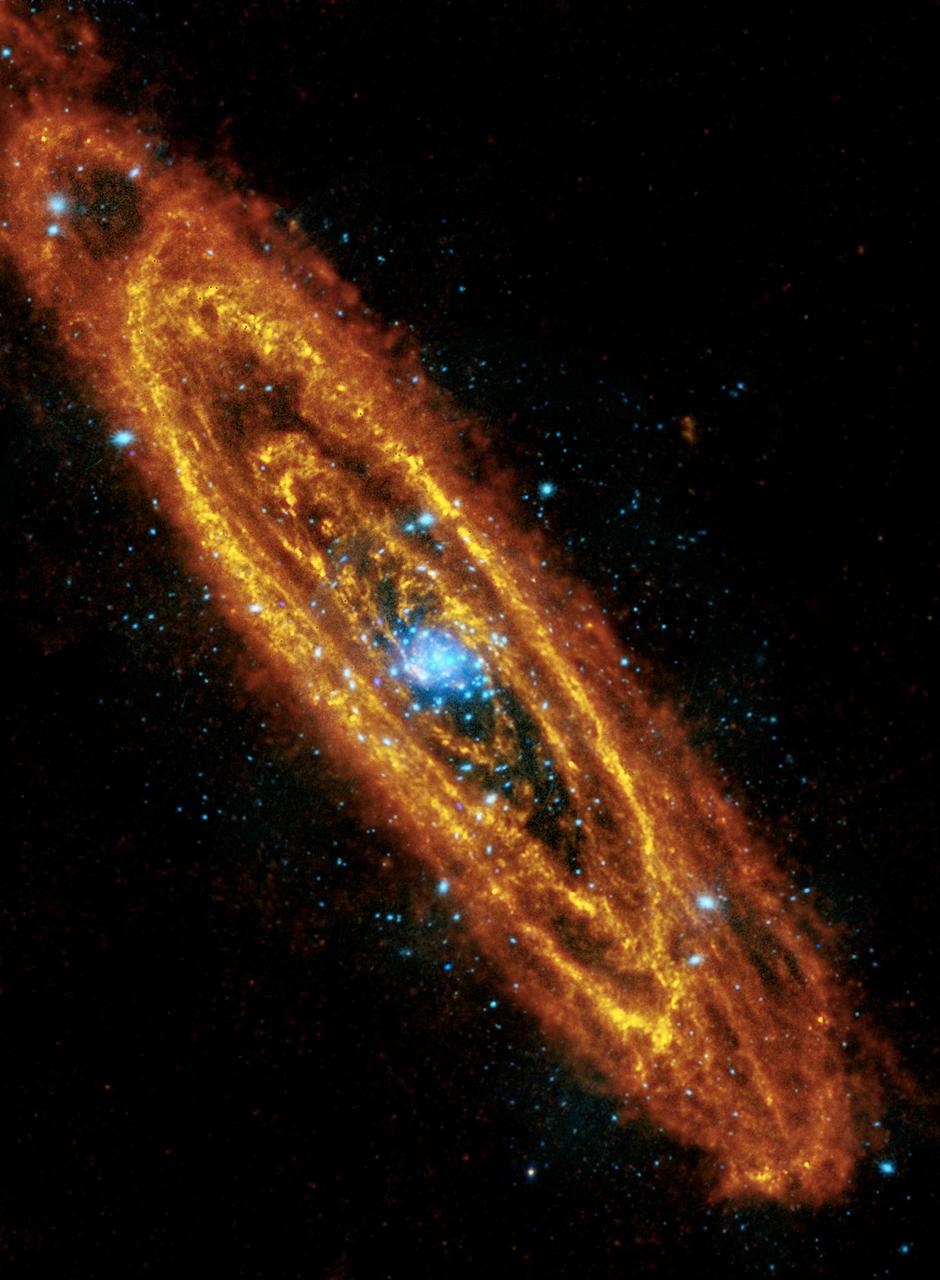Andromeda’s Future Collision with the Milky Way?
Andromeda Galaxy (M31) is the closest spiral galaxy to the Milky Way and the largest galaxy in our local group. Located about 2.5 million light-years** away, it is visible to the naked eye from Earth as a faint, elongated smudge in the night sky.
Key Facts About Andromeda
Size and Structure
Andromeda spans about 220,000 light-years across, making it larger than the Milky Way. It has a bright central bulge, vast spiral arms, and a dense core packed with stars.
Star Population:
Home to an estimated One trillion stars, Andromeda contains more stars than the Milky Way, though it has a lower rate of new star formation.
Satellite Galaxies:
Andromeda has several smaller satellite galaxies, including M32 and M110, which are visible as bright spots near its core.
Black Hole:
At its center lies a "supermassive black hole", similar to the one at the heart of the Milky Way.
Andromeda is on a slow collision course with the Milky Way, moving toward us at 110 km/s (68 miles per second). Scientists predict that in about 4.5 billion years, the two galaxies will merge, forming a single giant elliptical galaxy. Despite the massive scale of this event, the vast distances between stars mean that actual stellar collisions will be rare.

Observing Andromeda
You can spot Andromeda with the naked eye in dark skies, but a telescope or binoculars will reveal more detail. It appears in the **constellation of Andromeda, best visible during autumn in the Northern Hemisphere.
Andromeda is a glimpse into the vastness of the cosmos, offering clues about galaxy formation, evolution, and our cosmic future.
Famous WOW Signal